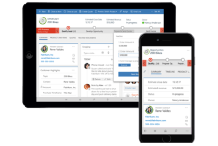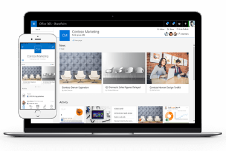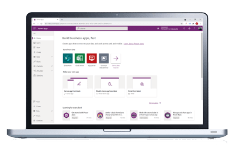As promised last week, here is Step 1 of 8 steps to scheduling success with MS Project 2010. It is probably the simplest step but one that should not be overlooked. There are some settings and options that need to be set before you ever start entering tasks into the schedule. Well, technically, they don’t “need” to be set but your scheduling life will definitely be easier if you choose to set them up front. Remember, folks, the idea here is to spend the LEAST amount of time possible in MS Project while gaining the MAXIMUM benefit from it.
To define your project, you want to capture some basic information:
· Project Start Date: MS Project will assume your start date is the current date unless you tell it otherwise. To set the start date, simply go to Project Ribbon > Project Information.
· Task Mode: Although you can choose either, I strongly encourage you to set the default Task Mode to Auto Scheduled. It will make your schedule more dynamic and easier to manage. (perhaps I’ll write more on manually scheduled tasks another day; they do serve a purpose but generally speaking, I suggest auto scheduled tasks.) To set your default task mode to Auto Scheduled: File > Options > Schedule and you will see the option about half way down.
· Task Type: Task types can be tricky to understand and I’ll post more about them in Step 3: Entering Estimates. For now, I’ll just tell you where to go to set this default: File > Options > Schedule. Note: changing this setting will not change the task types of existing tasks, only new tasks.
· Project Calendar: If you forget to select the correct project calendar and then go back and change it later, it may recalculate your tasks and move things around in an unpleasant, albeit logical, way. Avoid that by choosing the right calendar in the beginning, before entering tasks. To set the Project calendar: Project Ribbon > Project Information.
· Calendar Options: If you are not using the standard project calendar (8 hours a day, 40 hours a week) then consider adjusting your calendar options. The calendar options tell MS Project how many hours equal one day. By default, 1 day = 8 hours. If you have a project calendar that schedules work only 6 hours a day, MS Project will think you are not working full days on the tasks and may calculate durations to be less than 1 full day. Ok, if you got totally lost on that explanation, I’m sorry. I’ll write a whole post explaining it later but for now, just make sure your calendar options match what you have in your Project Calendar. To change calendar options: File > Options > Schedule.
· Project Department: IF you are using Project Server 2010, your organization may be taking advantage of the new ‘Departments’ feature. If so, go ahead and set that up as well, even though you can change it at any time. Depending on your configuration, changing the Department may reveal custom project fields that are specific only to that department. You can set your department by going to Project Ribbon > Project Information.
There are many other options you can select but these are what I like to call “the biggies”. Come back next week as I attempt to set a record and post 3 WEEKS IN A ROW as I explain Step 2: Entering Tasks.
Happy Scheduling!















